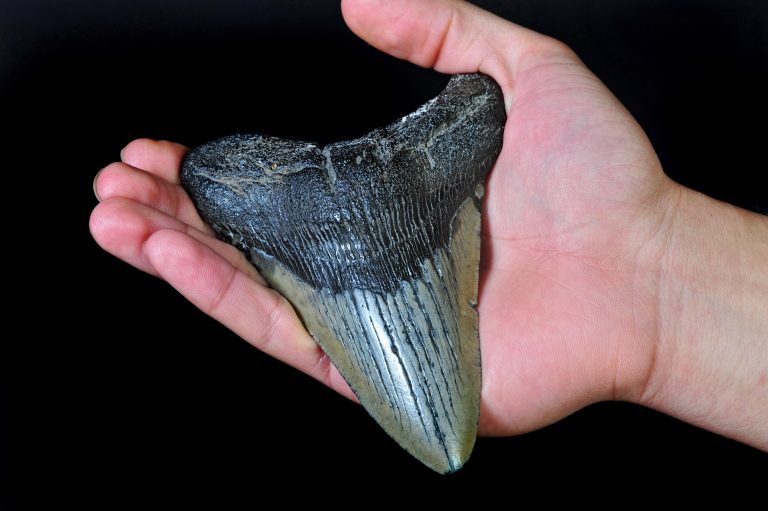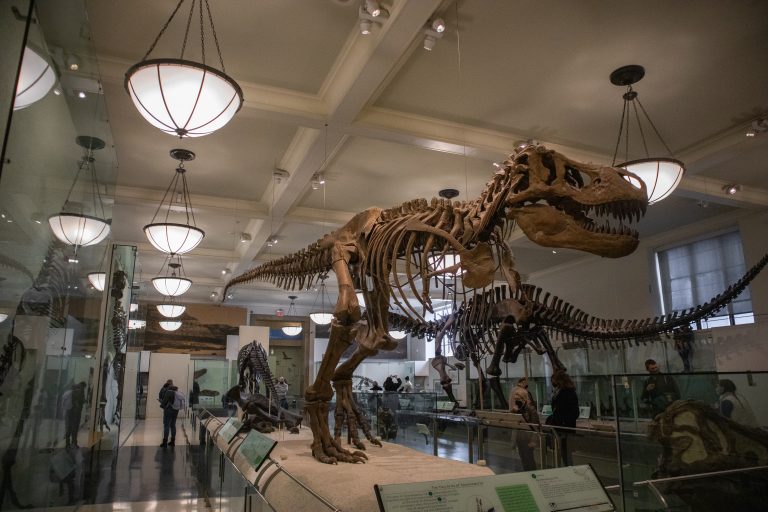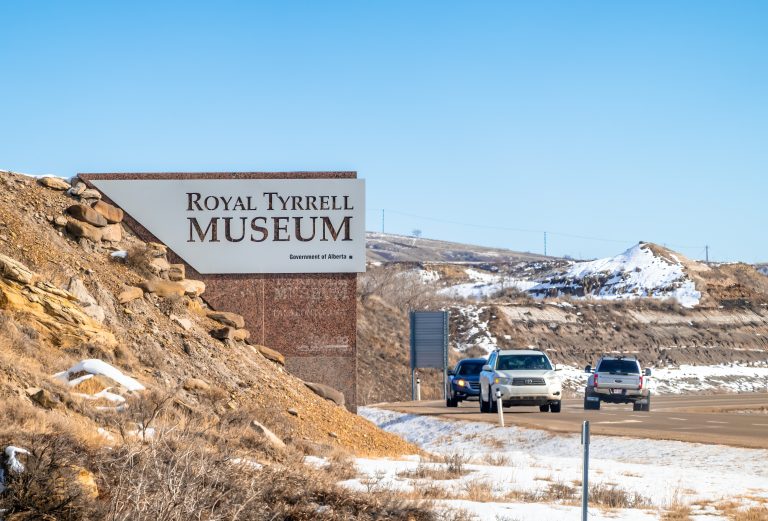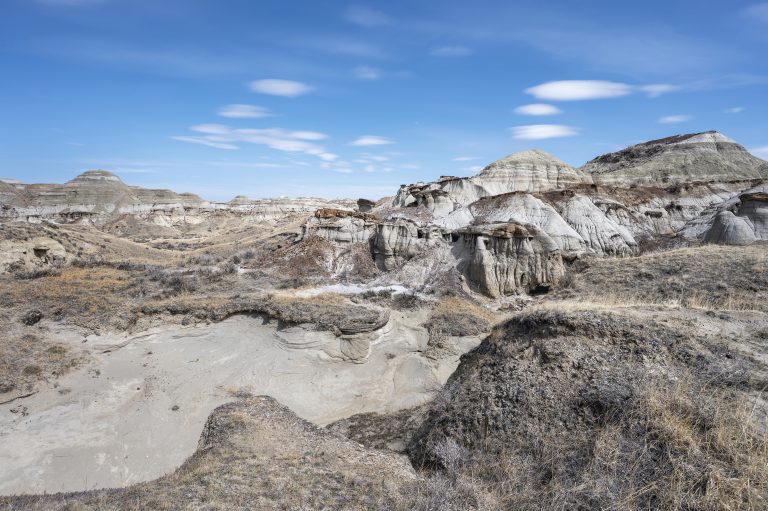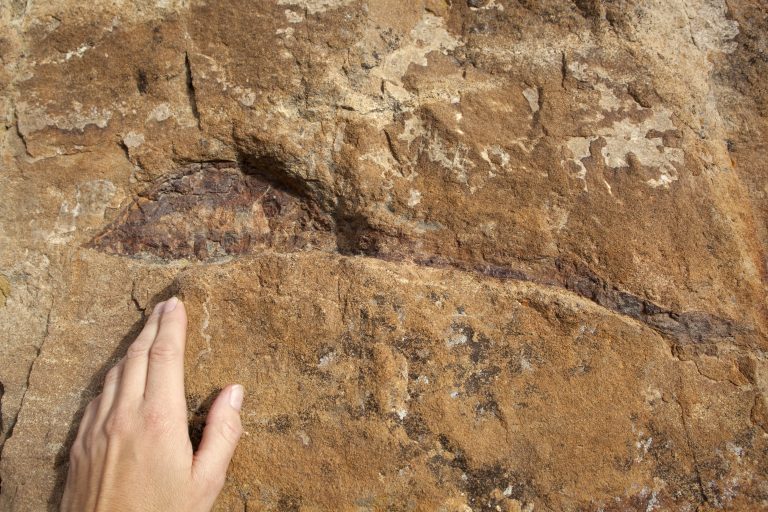5 Ways to Join a Dinosaur Dig Adventure!

Ever dreamed of brushing away the sands of time to reveal the bones of a creature that roamed the Earth millions of years ago? Joining a dinosaur dig adventure isn’t just for the pros; it’s a thrilling opportunity that’s surprisingly accessible with a bit of know-how.
Dinosaur digs are like real-world treasure hunts, connecting us to the ancient past by piecing together our planet’s story. Ranging from days to weeks, these experiences often involve collaborating with paleontologists. Uncovering a dinosaur rib is both humbling and exhilarating – a chance to touch history.
1. Academic Programs

Many universities and colleges offer field schools or summer programs that are open to students and sometimes the public. These programs provide educational credits and hands-on experience, often under the guidance of experienced paleontologists.
It’s a fantastic way to dive into the field (literally) and can lead to further opportunities in paleontology. Plus, you get to live out your Indiana Jones fantasies—minus the rolling boulders.
Hey hey! Don’t forget to subscribe to get our best content 🙂
2. Volunteer Opportunities
Several dig sites seek volunteers to assist with excavations. These positions can be competitive but offer a cost-effective way to get involved. You’ll trade your time and effort for a chance to contribute to significant scientific research. Check out fossil forums and paleontology society websites for postings—like a classified ad for adventure.
3. Tourist Packages

For those who fancy a dash of comfort with their adventure, tourist packages are the way to go. Many companies offer all-inclusive tours that handle the logistics, from equipment to accommodations. It’s a great option for families and those looking for a structured experience.
You’ll feel like a VIP, with the bonus of potentially discovering a new VIP (Very Important Paleontological find).
4. Museum-led Excavations
Museums often conduct fieldwork and sometimes invite the public to participate. These digs are typically well-organized and offer a wealth of knowledge from museum staff. It’s a unique way to support these institutions and their research. And who knows, you might help unearth the next star of the museum’s exhibit.
5. Private Expeditions

For the truly dedicated, private expeditions can be tailored to your interests and provide a more intimate digging experience. These can be pricey, but you’re paying for exclusivity and the expertise of the guides. It’s the closest most of us will get to feeling like a pioneering paleontologist charting unknown territories.
Choosing the Right Dig Site
Selecting a dig site is a bit like choosing the perfect vacation spot—it all depends on what you’re looking for. Are you fascinated by the thunderous Tyrannosaurus rex or the gentle giants like Brachiosaurus? Different sites offer the potential to uncover different species.
Consider the location’s climate and your physical ability to handle the conditions, as some sites are in remote or harsh environments. Also, research the historical significance and past finds of the site; you’ll want to dig where the chances of discovery are ripe.
Necessary Skills and Training
You don’t need a PhD to join a dig, but a sprinkle of knowledge and a heap of enthusiasm go a long way. A basic understanding of geology and paleontology enhances the experience, and many programs offer quick courses to get you up to speed.
Physical fitness is important, too, as digging can be demanding. But fear not, if you’ve got a keen eye and a steady hand (and don’t mind a bit of dirt under your fingernails), you’re well on your way to becoming a fossil hunter.
Preparing for the Adventure
Preparation is key to a successful dig. Invest in sturdy gear—a good pair of boots, gloves, and a wide-brimmed hat can make all the difference under the beating sun. Familiarize yourself with the tools of the trade, like brushes and chisels.
And don’t forget to pack your patience; paleontology is a meticulous process. Remember, it’s not a sprint; it’s a marathon (one that could potentially uncover a dinosaur marathon runner, if you’re lucky).
After the Dig: What’s Next?
The end of the dig doesn’t mean the adventure is over. You’ll leave with a deeper appreciation for Earth’s history and maybe some new friends. Many participants find themselves bitten by the paleo-bug, leading to further education or more digs. Share your stories, photos, and maybe even your finds with your community. Inspiring others is one of the greatest treasures you can bring back.
Embarking on a dinosaur dig adventure is an unforgettable journey into the past, accessible to anyone with a little grit and curiosity. Whether you’re a student, a volunteer, or a tourist, the thrill of discovery awaits. So, grab your hat and your sense of wonder—it’s time to dig up some history!

